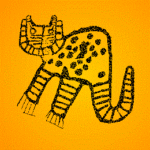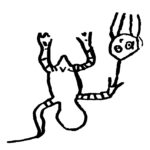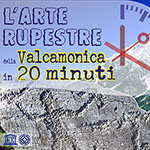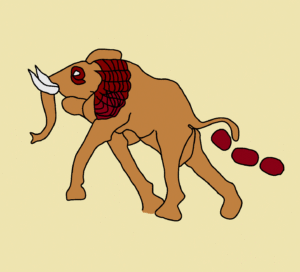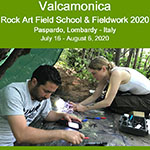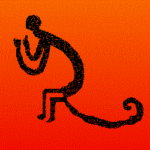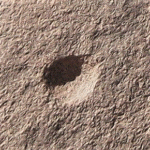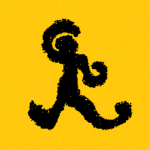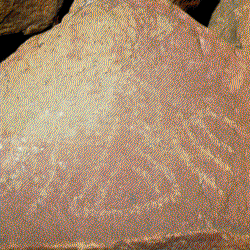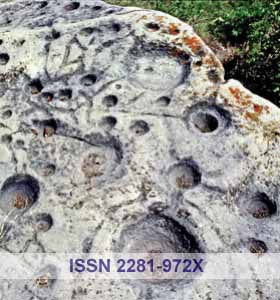The Majes drainage in southern Peru boasts the largest collection of rock art in the Andes, especially because of the abundance of petroglyphs at the Toro Muerto and Alto de Pitis. Importantly, both sites have numerous bird petroglyphs of different types. Yet there are other sites in the Majes drainage that also have idiosyncratic bird imagery. One of those sites is Cíceras, which is the subject of this study. I focus on a specific type of bird petroglyphs, for which I tentatively suggest that they have a special transcendent proficiency.
By Maarten van Hoek Read more



